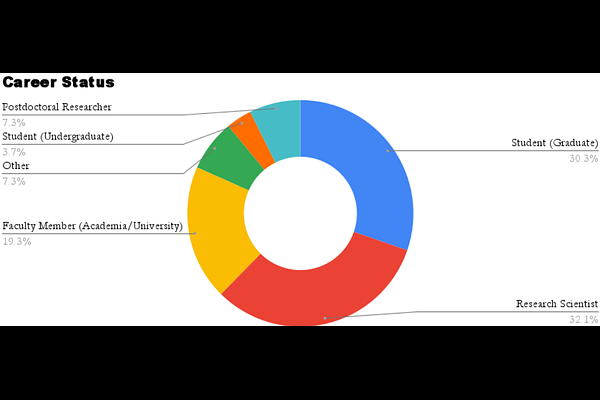Operational and Exploration Requirements and Research Capabilities for SEP Environment Monitoring and Forecasting

Operational and Exploration Requirements and Research Capabilities for SEP Environment Monitoring and Forecasting
Viacheslav Sadykov, Petrus Martens, Dustin Kempton, Rafal Angryk, Berkay Aydin, Jessica Hamilton, Griffin Goodwin, Aatiya Ali, Sanjib K C, Rimsha Syeda, Irina Kitiashvili, Kathryn Whitman, Alexander Kosovichev, Kimberly Moreland, Manolis Georgoulis, Ming Zhang, Azim Ahmadzadeh, Ronald Turner
AbstractMitigating risks posed by solar energetic particles (SEPs) to operations and exploration in space and Earth's atmosphere motivates the development of advanced, synergistic approaches for monitoring, modeling, and analyzing space weather conditions. The consequences of SEPs and their interactions with the near-Earth space environment are numerous, including elevated radiation levels at aviation altitudes during major events, satellite damage, and health risks to astronauts, resulting in economic impacts and potential hazards for space exploration. This contribution will present a high-level overview of the operational requirements and research capabilities for SEP event environment monitoring and forecasting that were highlighted during a workshop at Georgia State University, held on October 16-19, 2024. Specifically, it summarizes the presented activities concerning the following: (1) Identifying needs for SEP event forecasting and nowcasting, including practical forecast timeframes; (2) Reviewing availability and coverage of the current observational data and identifying tangible data resources for research, operations and the R2O2R loop; (3) Mapping existing forecast capabilities and identifying meaningful modeling advances for research and operations.